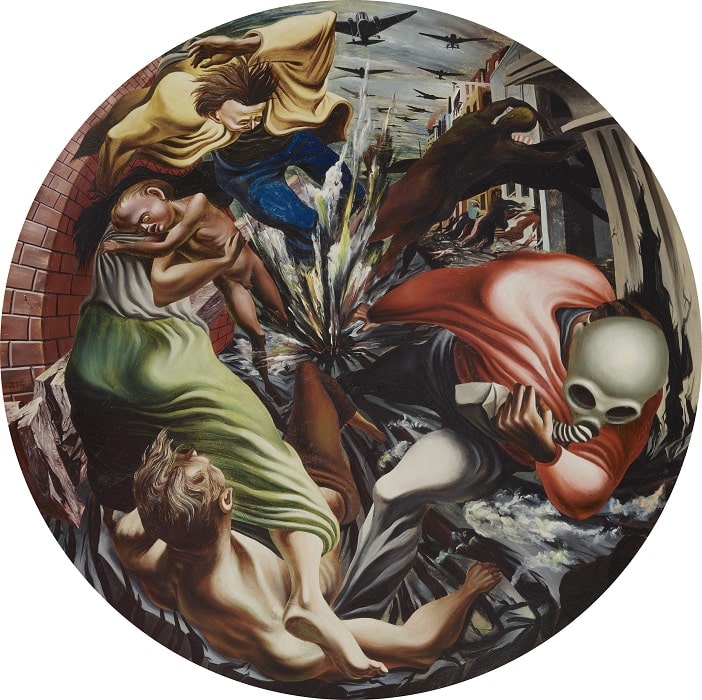This year, Tate Modern in London presents a groundbreaking exhibition on one of the most remarkable artists of the twentieth century: Philip Guston (1913-1980). The exhibition is the first major retrospective of the artist’s work in the UK for 20 years and includes more than 100 paintings and drawings from across Guston’s 50-year career.
Fig. above: Philip Guston, The Line, 1978. Oil paint on canvas, 180.3 x 186.1 cm. Promised gift of Musa Guston Mayer to The Metropolitan Museum of Art, New York © The Estate of Philip Guston, courtesy Hauser & Wirth
It offers new insights into the artist’s formative early years and activism, his celebrated period of abstraction, and his Th0Ught-provoking late work. With a gaze heavily influenced by his experiences of personal tragedy and social injustice in the US, the exhibition traces the restlessness of an artist who defied categorisation and never stopped pushing the boundaries of painting.

The exhibition begins chronologically with Guston’s early years as the child of Jewish immigrants escaping persecution in what is now Ukraine, and the family’s subsequent migration to Los Angeles in 1922. Largely self-reliant, Guston was drawn to cartoon imagery, Old Master painting in Europe, Surrealism and Mexican Muralism. Against the ominous backdrop of rising anti-Semitism and the activities of the KU Klux Klan, which would shape his lifelong commitment to opposing racism, Guston’s work became increasingly political. Later paintings such as Bombardment 1937 show the artist’s reaction to the violence and injustice he saw in the world.

In the late 1960s, Guston began to explore abstraction as he grappled with the increasingly troubled world around him. He began to wrestle with the concept of evil in his practice. Disturbing caricatures of hooded Ku Klux Klan figures participating in everyday activities materialised in his work as he began to question society’s complicity in violence and racism. This period culminated in the now famous exhibition of paintings of hooded figures at Marl Borough Gallery in 1970, following on from The Studio in 1969, in which he questioned himself and the establishment. Critics and colleagues were dismayed by this new direction and interpreted the caricature-like, figurative style of these ‘hoods’ as a stark rejection of abstraction.
Following the Marl Borough exhibition, Guston returned to Italy where he created dozens of small paintings reminiscent of the ruins and gardens of Rome. Some of these Puma works will be in the exhibition. Upon returning to his studio in Upstate New York, he invented a new artistic language with giant eyes, leg remnants, abandoned shoes and everyday objects that seemed both familiar and alien.

The last decade of Guston’s life, though spent in relative obscurity, was his most productive, producing some of his most complex and recognisable work. He collaborated across disciplines and drew inspiration from many poets of his time. His poetry paintings, illustrating verses by his wife, the artist and poet Musa McKim (1908-1992), are featured in the exhibition. In this final period, Guston remained as rebellious as ever, creating combinations of dreamlike images and nightmarish rivers. Sleeping 1977 is the last work in a series of paintings of the artist lying in bed and dreaming, the images for which he is best known.
WHERE?
Tate Modern
Bankside
London SE1 9TG
WHEN?
Thursday, 05.10.2023 – Sunday, 25.02.2024
Daily, 10:00-18:00
COSTS?
£20 / Free for members
£5 for Tate Collective.
Discounts available






